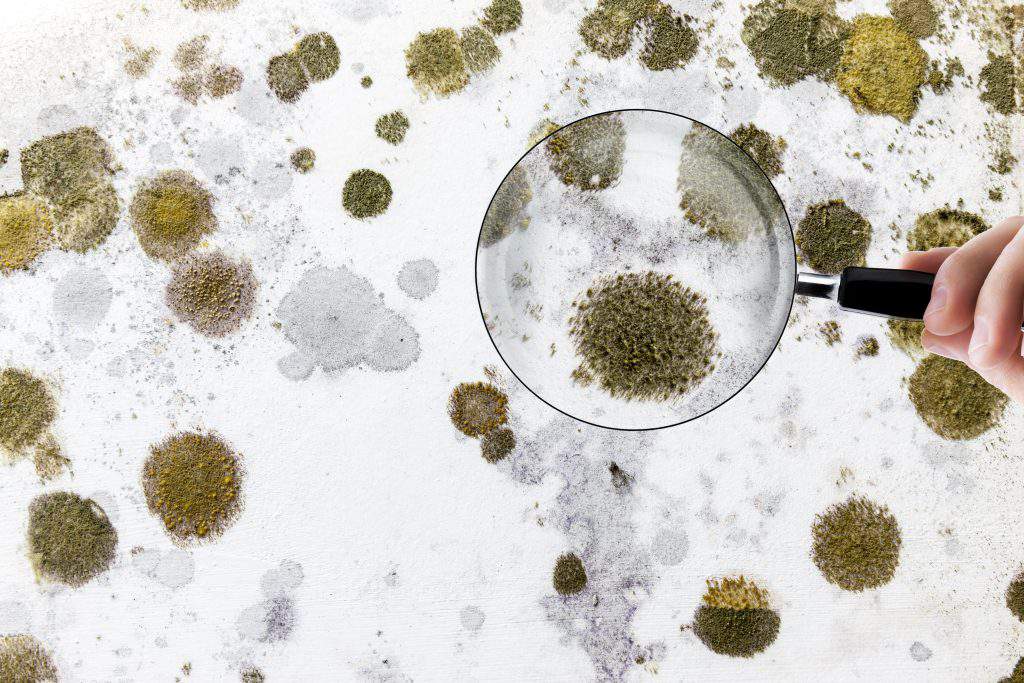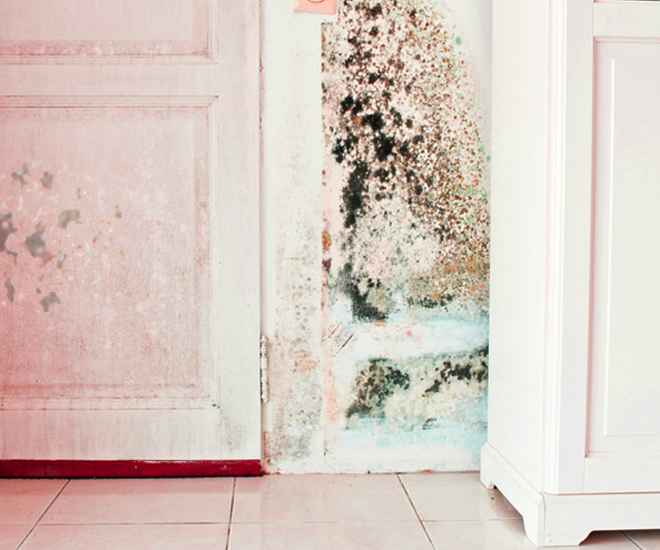Testing Air Quality After Mold Remediation
Testing Air Quality After Mold Remediation
Blog Article
Effective Article Mold And Mildew Removal Solutions for Your Home
Mold development in homes can be a persistent concern, usually requiring a systematic strategy for efficient post-remediation options. From comprehending the elements that contribute to mold and mildew development to applying proper cleaning methods and wetness control measures, the process can be intricate yet vital for preserving a healthy living atmosphere. Additionally, exploring all-natural remediation options and establishing a regular for recurring upkeep are crucial components of a comprehensive mold and mildew removal strategy. As property owners strive to attend to mold and mildew worries, discovering the most reliable services becomes critical for the well-being of their families.
Comprehending Mold Development Variables
Mold development is influenced by a range of variables that are crucial to understand in order to effectively deal with and avoid its spreading. Recognizing these elements is necessary in executing effective mold removal methods. The main aspect contributing to mold and mildew growth is wetness. Mold and mildew spores need dampness to germinate and prosper, making damp or damp atmospheres highly susceptible to mold infestations. Poor ventilation can likewise bring about moisture accumulation, developing an ideal breeding ground for mold and mildew.

Moreover, air flow and light direct exposure can affect mold development. Areas that lack proper ventilation and all-natural light are much more vulnerable to mold growth. By attending to these factors thoroughly, people can efficiently minimize mold and mildew growth and secure their living settings.
Correct Mold And Mildew Cleaning Techniques
Making use of efficient cleansing techniques is crucial in dealing with and avoiding the reappearance of mold contamination in indoor environments. The very first action in proper mold cleaning is to include the affected area to avoid the spread of spores to unpolluted locations.

Applying Wetness Control Steps
To efficiently avoid mold and mildew development and contamination in interior atmospheres, executing moisture remove mold from wood control steps is critical. Additionally, making sure proper air flow in locations susceptible to moisture accumulation, such as shower rooms and kitchens, can aid decrease the risk of mold and mildew development. By vigilantly applying these dampness control actions, home owners can properly decrease the chance of mold and mildew recontamination and maintain a healthy and balanced indoor atmosphere.
Utilizing Natural Removal Solutions
After successfully implementing moisture control steps to avoid mold growth in interior environments, homeowners can now check out the effectiveness of natural remediation remedies in maintaining a healthy and balanced home. All-natural remediation services utilize eco-friendly techniques to fight mold and mold, making them a prominent choice for those seeking safe alternatives. One such solution is utilizing vinegar, a natural antimicrobial representative, to tidy and disinfect surfaces contaminated by mold and mildew. Merely weaken vinegar with water and spray it onto the affected areas, enabling it to sit for a couple of hours prior to wiping tidy. Additionally, tea tree oil, understood for its antifungal properties, can be combined with water and sprayed onto mold-infested surface areas to hinder more growth. One more all-natural option is hydrogen peroxide, which can properly kill mold on various surfaces without leaving hazardous residues behind. click to find out more By integrating these natural remediation services right into their cleansing routines, house owners can effectively fight mold growth while advertising a much healthier indoor atmosphere for themselves and their families.

Preserving a Mold-Free Atmosphere
Consistently inspecting areas prone to mold and mildew growth, such as bathrooms, attic rooms, basements, and cooking areas, is crucial. Appropriate air flow in locations with high humidity degrees is also crucial pop over to this site to protecting against mold growth.
Additionally, keeping tidiness in the home is vital for mold and mildew prevention. Maintaining indoor plants in check and making sure proper water drainage in outside landscaping can decrease dampness accumulation, minimizing the chance of mold and mildew invasions.
Verdict
To conclude, it is crucial to attend to mold growth elements, make use of appropriate cleansing methods, carry out wetness control actions, utilize all-natural removal services, and maintain a mold-free atmosphere in order to properly deal with blog post mold and mildew removal in your home - After mold remediation. By following these techniques, you can avoid mold from recurring and ensure a healthy and balanced living atmosphere for you and your family
The key aspect contributing to mold and mildew growth is moisture. Mold spores require moisture to prosper and germinate, making wet or humid settings highly prone to mold problems.To effectively stop mold and mildew development and contamination in interior settings, implementing wetness control measures is paramount. Furthermore, guaranteeing correct ventilation in areas susceptible to moisture build-up, such as kitchens and restrooms, can help decrease the risk of mold development.After effectively applying moisture control actions to protect against mold and mildew development in interior environments, property owners can now explore the effectiveness of all-natural removal solutions in keeping a healthy living room.
Report this page